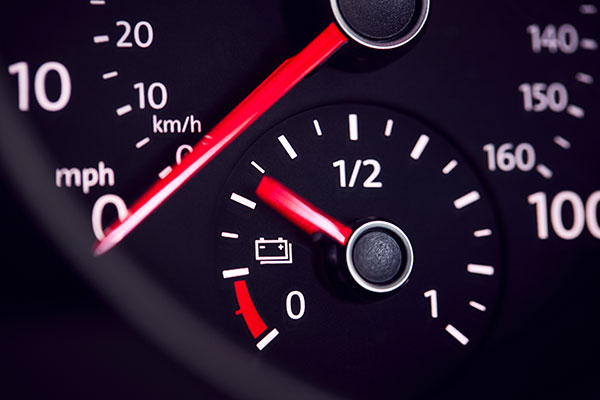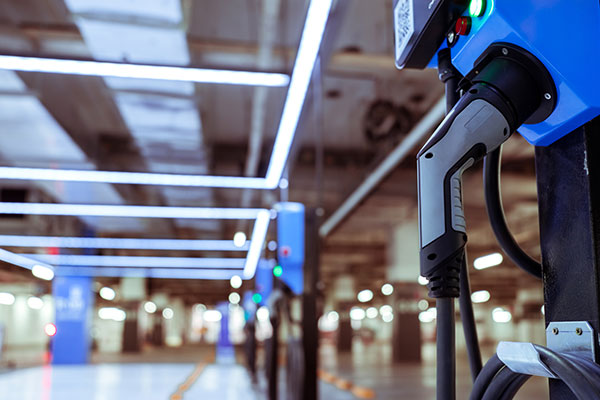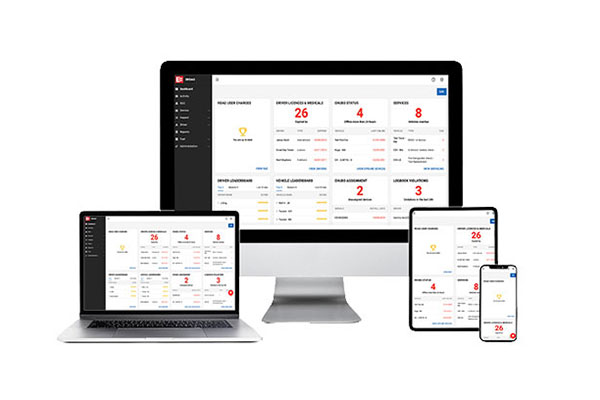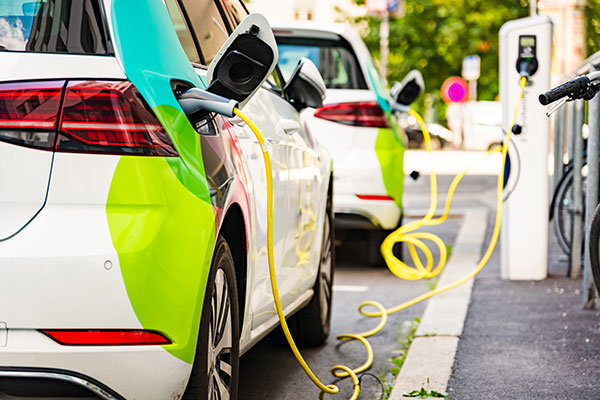To EV or Not to EV?
To EV or Not to EV?
Going electric is clearly good for the planet, but is it good for your business? To figure that out, you’ll need to understand your total cost of ownership first.
The race for Net Zero 2050 is on, and governments around the globe see fleet electrification as crucial in meeting carbon reduction targets. In New Zealand, as in other places in the world, the perceived cost of switching to electric vehicles has been a major stumbling block. But despite the higher sticker price, going electric could save you money in the long run – and if you’re a fleet operator, those savings quickly multiply.
The recently resurrected Clean Car Discount rewards vehicles with emissions under 146g/km and penalises those over 192g/km, regardless of type. There’s also a “zero band” between 147 and 191g/km where vehicles break even and are unaffected. But if you purchase an all-electric vehicle, you’re eligible for $8625 back per vehicle. That rebate plus total cost of ownership makes electrifying your fleet a very worthwhile proposition.
Jack Gordon-Crosby is a fleet optimisation consultant who works with New Zealand businesses and government agencies. He founded OptiFleet to empower car buyers to make better decisions. By investing in emerging data technologies, OptiFleet developed a Total Cost of Ownership tool for the Energy Efficiency & Conservation Authority (EECA). The tool contains default data that users can customise to reflect their discounts, driving patterns, and finance and tax situations. OptiFleet also created BestCar, a residual value calculator for used cars.
“Using all the available sales data, we’ve analysed every light vehicle that has come into our country for the past 22 years,” explains Jack. “With our residual value calculator, we can say, with an evidence-based approach, what used cars are worth.”
The tool can also predict what new and used cars will be worth in the future.
“Well-informed buyer decisions should be based on whole-of-life costs, not just the transaction cost or how big the discount was. Quite often, what appears to be a good deal up front isn’t.”
What is Total Cost of Ownership (TCO)?
“Total cost of ownership looks at what a vehicle costs to buy plus what it costs to run, less residual value. And inside that running cost is the vehicle’s fuel burn,” says Jack. “Understanding all the components, not just the purchase cost, is the key to understanding value. That’s the secret.”
Yes, EVs may be more expensive up front, but as the technology continues to develop, EV prices will inevitably drop while ICE vehicle costs will rise. And although people know EVs cost less to run, they may not realise just how much less. On average, it costs only 30 cents a litre to power an electric car, and with around 20 moving parts, maintenance and repair costs are negligible.

Residual value, what you can eventually sell the vehicle for, is the factor many operators overlook when assessing life cost. Oftentimes, they may be unaware of resale values or the best time to sell, choosing instead to run their assets into the ground. To date, market sales are strong for all used vehicles, and EVs hold their value at the upper end of the percentile. Meridian Energy, who converted half of its passenger fleet to Nissan Leafs and Hyundai IONIQs, found that after 14 months of ownership, an IONIQ retained 87% of its original purchase price, compared to 70 to 75% in the ICE vehicles they would have purchased instead.
What you need to know before calculating TCO
You can’t manage what you don’t measure, so before beginning any actual TCO modelling, OptiFleet performs a fleetwide audit to establish a baseline for comparison. In addition to taking inventory of fleet numbers, makes, and models, they look at compliance and safety ratings, current CO2 ratings per car, CO2 ratings for the fleet, and annual tonnage. “We analyse their data against the NZTA’s and report on what we see.” Based on that, they develop a 10-year capital replacement plan.
“Based on what we find and what their needs and goals are, we’ll recommend what vehicles they should replace their current vehicles with,” Jack says. “Say if it’s an ICE hatchback like a Toyota Corolla, we might recommend replacing it with a BEV options such as Tesla Model3, Hyundai Ioniq, Renault Zoe and Nissan Leaf – short or long range, depending on their requirements. Then, to support those decisions, we’d run a sourcing event where we go to market on their behalf.”
Once they know what the desired vehicles will cost to purchase, OptiFleet uses the TCO modelling tool to calculate vehicle cost over time based on actual numbers. Variables include the lease term, fuel type used, average km travelled on weekdays and weekends, electricity and tax rates, and FBT-eligible use. Some of this data can be collected via telematics systems, many of which can provide even more granular data than that.

Specific, real-time data enables OptiFleet to perform an in-depth utilisation study to determine how the customer’s vehicles are actually being used in the field – and which could potentially be used less or eliminated entirely. This might involve sharing vehicles, optimising routes, consolidating journeys, or not taking them in the first place. It could also involve providing incentives that aren’t company cars.
Can you audit your fleet yourself?
With GPS telematics, you could. But fleet operators who don’t yet have telematics in place would have no historical data to draw from in order to compare past, current, and future asset performance and identify opportunities for improvement.
“EROAD runs their own utilisation reports, but the type of reporting OptiFleet does is another layer altogether, designed to give some teeth to what we observe so that the client actually has something to look at or an exception to make a call on.”
Jack recommends getting telematics installed in all your fleet vehicles as soon as possible, as you’ll need at least six months’ worth of data to perform a utilisation study. EROAD is among the most sophisticated telematics systems on the market and can provide all the information you need – and more.
“The only way you’re going to understand a vehicle’s value is if you understand what it’s costing you per K to run. This is where EROAD is super powerful. If people use EROAD, they know how old it is; they know how far it’s travelled. And if they use MyEROAD tools and record their every service cost, their every tire cost, their downtime and all that stuff, they gain a true understanding of cost to support their decision to turn vehicles over and go again.”

Are you looking to transition to EVs? Talk to EROAD to discover how telematics can guide smart operational decisions today and further down the track.

